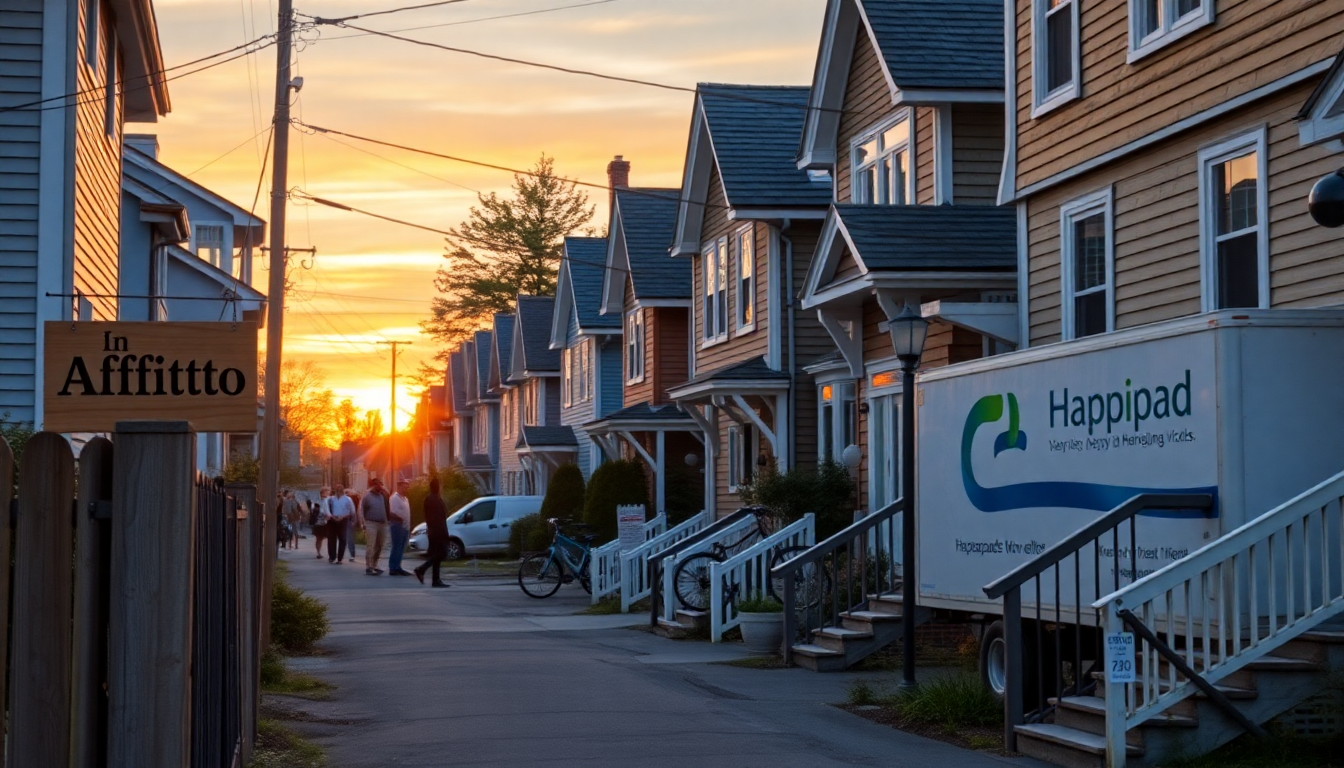Table of Contents
Amid a growing housing crisis, the government of Nova Scotia has taken some significant steps to tackle the issue. One of the standout efforts was a $1.35 million partnership with the home-sharing platform Happipad, which aimed to link renters with available housing options. However, the response has been mixed, with critics questioning how effective this program really was. In this article, we’ll dive into Nova Scotia’s housing initiatives, exploring the results, ongoing challenges, and what the future might hold for the province.
Understanding the Housing Crisis in Nova Scotia
The housing situation in Nova Scotia is tough, with rising rents and a scarcity of affordable homes making it hard for many residents to find suitable places to live. Recent statistics paint a grim picture, showcasing just how severe the crisis has become. While the government has recognized these challenges and rolled out programs aimed at improving housing accessibility, the effectiveness of these efforts is still up for debate—especially in light of the mixed results from the Happipad partnership.
Premier Tim Houston’s comments after the program’s end show that he’s aware of the shortcomings in matching more people with housing. Despite the government claiming success, the reality is stark: only 60 leases were signed over two years. This has raised eyebrows regarding the use of taxpayer money, especially with costs per lease exceeding $22,000. Critics from opposition parties have jumped on this, arguing that the government hasn’t done enough to provide real solutions for Nova Scotians in need of affordable housing.
Breaking Down Current Housing Initiatives
The Happipad partnership aimed to create connections between renters and homeowners, offering crucial services like background checks and rent collection. Yet, the low participation rates suggest a disconnect between what the government is offering and what the housing market truly needs. Some critics believe a more focused approach—perhaps through the establishment of a dedicated housing department—could lead to better outcomes.
In light of these critiques, the provincial government has reiterated that housing is a top priority. Officials point to increased investments in housing projects and a surge in new construction as signs of progress. However, opposition voices continue to push for a dedicated housing minister to ensure that the emphasis remains on affordability and accessibility, especially for vulnerable groups such as seniors and young families.
Looking Ahead: Future Prospects and Recommendations
As we look to the future, it’s essential for the Nova Scotia government to reconsider its strategies for addressing the housing crisis. Reestablishing a dedicated housing department could provide a more focused approach to the complexities of the housing market. This department could analyze data trends, identify areas with high demand, and implement measures that directly tackle affordability issues.
Moreover, engaging with community members through consultations could yield valuable insights into the specific needs of residents, leading to tailored solutions that resonate with the local population. As the housing landscape continues to shift, adopting a proactive and data-driven strategy will be vital in ensuring that all Nova Scotians have access to safe and affordable housing options. So, what will the government do next? Only time will tell, but the stakes couldn’t be higher.


